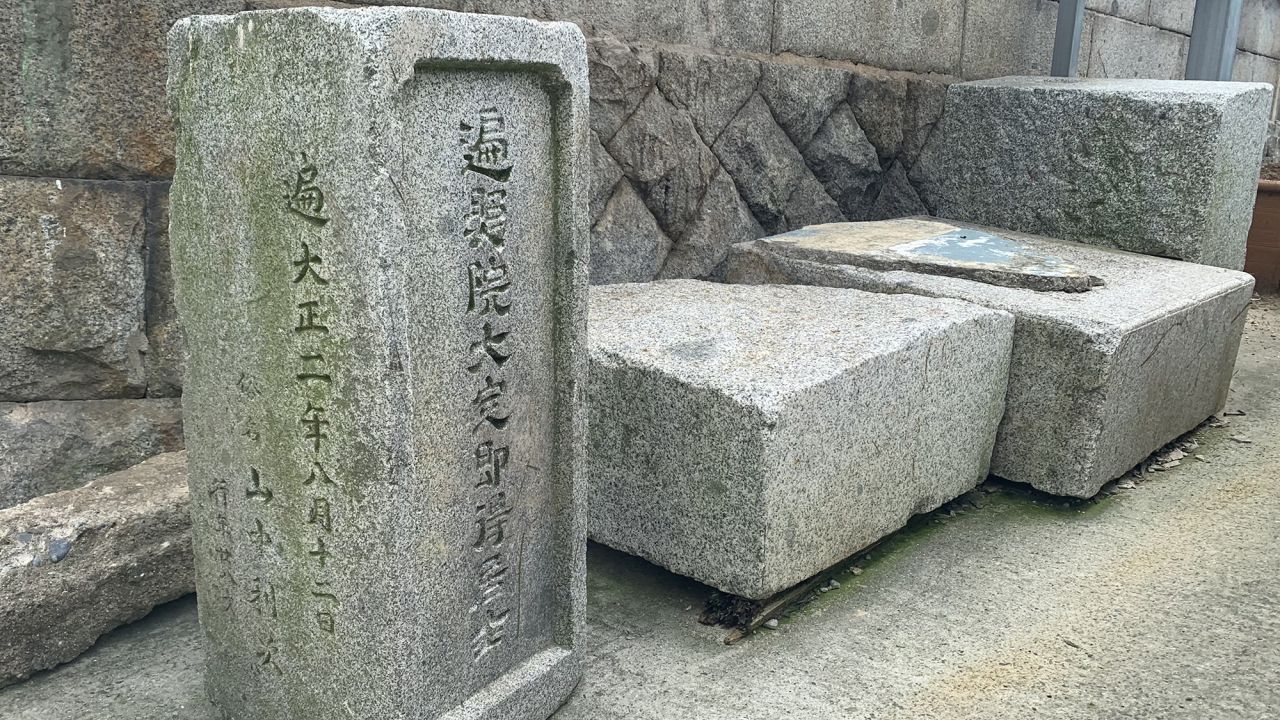Editor’s Note: Monthly Ticket is a CNN Travel series that spotlights some of the most fascinating topics in the travel world. In October, we shift our focus to the offbeat, highlighting everything from (allegedly) haunted spaces to abandoned places.
Busan, South Korea
CNN
—
At first glance, Ami-dong in Busan, South Korea appears to be a typical village with colorful houses and narrow alleys nestled among mountains.
However, closer inspection reveals an unusual building material integrated into the structures: tombstones with Japanese inscriptions.
Ami-dong, also known as the Tombstone Cultural Village, was established during the Korean War in the 1950s when numerous people were displaced across the Korean Peninsula. Many North Koreans crossed the border into South Korea, seeking refuge from the conflict.
Within South Korea, people fled to the south, away from the front lines and the capital city of Seoul. Many refugees ended up in Busan, which was considered a relatively secure city and a haven for those seeking safety.
During the Japanese occupation of Korea from 1910 to 1945, Ami-dong served as a crematorium and cemetery. When the refugees arrived in Busan, they repurposed the tombstones from the cemetery to construct their new homes in Ami-dong.
The tombstones, engraved with the names, birthdays, and dates of death of the deceased in Japanese script, became an integral part of the village’s architecture.
Over time, Ami-dong transformed into a thriving community where refugees built their lives and supported their families. The village became a symbol of resilience and survival amid challenging circumstances.
Although the Korean War officially ended with an armistice in 1953, Ami-dong continued to evolve. Today, it is a part of Busan’s rich history and has become a tourist attraction alongside the famous Gamcheon Culture Village.
Efforts have been made by the Busan government to preserve the cultural heritage of Ami-dong. An information center at the entrance provides visitors with an introduction to the village and a map of the most significant tombstone sites. Visitors are encouraged to explore the village respectfully, as some residents still live in the area.
As you leave the village, a sign on the main road indicates plans for a future memorial place to gather and preserve the scattered tombstones.













